An air mover is a device that can quickly deliver large amounts of air to help drain damp spaces and ventilate large spaces. A dehumidifier is a device that draws in humid air, cools it to compress water vapor, and then releases the dry air back into the surroundings, removing excess moisture from the air.
When it comes to dry and humid places, people often get confused and wonder: should I choose an air mover or a dehumidifier? In today’s blog post, we’ll explore the key details of the air mover vs. dehumidifier debate, delving into their features, key differences, and when to use them to ensure you make the right choice for your specific needs.
AlorAir carries both Visit https://www.alorair.com/ to browse our products or contact our customer service team for expert advice on choosing the right equipment for your home.
What is an Air Mover?
An air mover is a device made to flow big amounts of air rapidly, which is necessary for draining damp spaces, ventilating big spaces, or helping restore water damage. An air mover is a powerful tool that concentrates on moving air over areas such as floors, walls, and carpets, quickening the evaporation procedure. Although it doesn’t diligently extract moisture from the air like a dehumidifier, it’s considered an important tool in moisture control.
Types of Air Movers
Following are the types of air movers:
- Axial Air movers: Axial movers are bigger units crafted to move large masses of air across vast places. An ideal choice for spaces such as warehouses, garages, or large rooms.
- Centrifugal Air Movers: This type of air mover generates high-pressure air circulation and is mostly utilized for selected drying in small or particular spaces such as under furniture or carpets.
- Low-Profile Air Movers: Low-profile air movers are very systematic and compact. These air movers are created for dense places like under cabinets or crawl spaces.
Regular Uses
The regular uses of air movers include:
- Boosting air circulation in badly ventilated spaces such as basements or crawl spaces
- Drying up damp floors, carpets, and walls after flooding or cleaning.
- Help with draining in construction or after putting plaster or paint.
Although an air mover is exceptional for drying up wet exteriors, it doesn’t tackle humidity levels in the air. Here comes the role of a dehumidifier. Now, let’s explore the dehumidifier in depth.
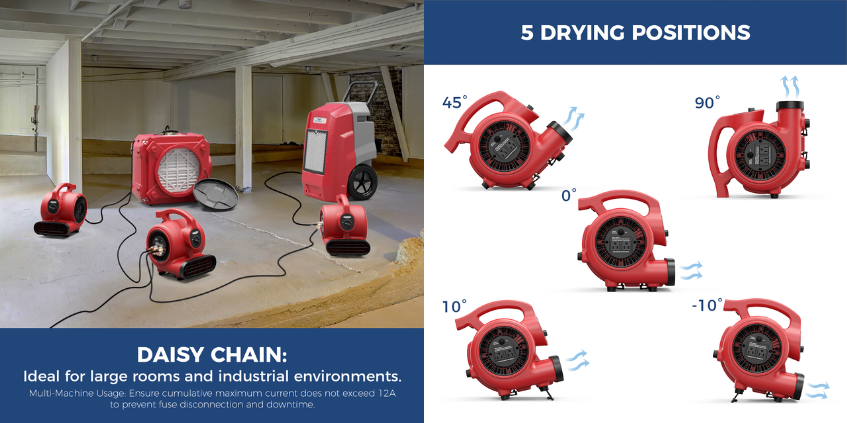
What is a Dehumidifier?
A dehumidifier is an innovative appliance aimed at getting rid of extra moisture from the air, assisting in sustaining moderate humidity levels in your workspace or home. They work by pulling in humid air, cooling it to compress the water vapors, and then freeing dry air back into the surroundings. Dehumidifiers play a critical part in putting a stop to mold, mildew, and other moisture-related issues. A perfect choice for durable humidity control and enhancing air quality.
Types of Dehumidifiers
- Portable Dehumidifiers: Portable dehumidifiers are easy to move around the home and are best for aiming at particular rooms like basements, bedrooms, or crawl spaces.
- Whole-House Dehumidifiers: You can install these units combined with your HVAC system. These dehumidifiers are ideal for handling humidity levels across your whole house.
- Crawl Space & Basement Dehumidifiers: These units are particularly made for low-ceiling or compact places. They effectively manage humidity in spaces open to moisture buildup like crawl spaces and basements.
Common Uses
The regular uses of dehumidifiers include humidity control, mold prevention, and post-floor recovery. By controlling humidity in your place, dehumidifiers improve comfort and guard your home from moisture-related problems. For instance, our b are specifically designed to tackle tough moisture problems in basements and crawl spaces, ensuring your home stays dry and mold-free.
Air Mover vs. Dehumidifier: Key Differences
While analyzing an air mover vs. dehumidifier, it’s crucial to know that both tools are exercised for moisture control, they carry out different functions. Here’s a breakdown of the key differences.
Air MoversAir movers speed up the drying process by transferring air without drawing moisture out of the air. The ability to move large quantities of air quickly to damp surfaces aids evaporation. These units are great for drying damp surfaces such as carpets, walls, and floors, suitable for use in bathrooms, and restrooms, after experiencing a flood or spill.
Dehumidifiers remove moisture from the air, lowering humidity levels over time and ensuring dry surroundings. Used to regulate the overall humidity of a room or area to prevent mold.
In short, both tools are critical for efficient moisture control, but having an understanding of when to utilize each will spare you time, money, and effort.
| Feature | Air Mover | Dehumidifiers |
| Functionality | Moves large volumes of air across wet surfaces for quick drying | Extracts moisture from the air to reduce humidity |
| Primary Purpose | Best for drying surfaces like floors, walls, and carpets | Ideal for controlling humidity and preventing mold |
| Effect on Air | Circulates air but does not remove moisture | Removes moisture from the air, improving air quality |
| When to Use | Quick drying after spills or floods | Long-term moisture control and humidity reduction |
When Should I Use an Air Mover?
Another valid question that people often wonder is ‘When should they use an air mover’. Well, here are some crucial scenarios where it’s recommended to use an air mover:
Drying Surfaces
The best scenario to use air movers is when you want to dry up wet surfaces like carpets, floors, and walls after flooding or spills. They assist in evaporating moisture from wet spaces by moving a large bulk of air at high speeds, hurrying the whole process.
Water Damage Restoration
If you’ve suffered from notable water damage, for example, storms, floods, or leaks, air movers can play a significant role in draining surfaces fast and protecting them from further problems like mold growth or structural damage. Restoration experts commonly use them to reduce the damage and lower the probability of moisture-related issues.
Ventilating Large Spaces
Another good situation to use an air mover is for big or badly ventilated areas such as garages, basements, or warehouses, as they can actively boost airflow. Better air circulation assists in decreasing immobile air and quickens evaporation, which is beneficial for damp surroundings. But for constant humidity handling in areas such as crawl spaces or basements a blend of air movers with dehumidifiers is perfect.
Product Recommendation: For this combination, the best choice is the AlorAir® App 120PPD Dehumidifier, as its compact design and smaller size will prove it a wise decision, especially for low-clearance crawl space or tight basement. What sets it apart from other dehumidifiers available in the market is its Smart App Control and Wi-Fi Connect.
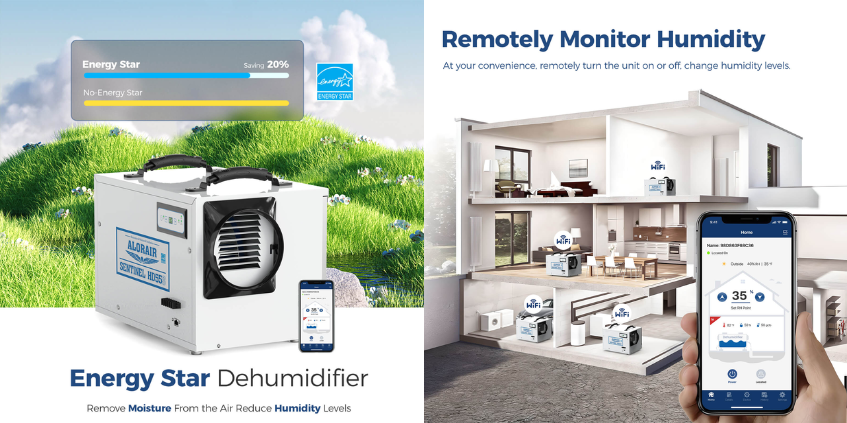
When to Use a Dehumidifier
The invention of the dehumidifier offers not just moisture control but a durable solution for humidity-related issues. Let’s take a look at when to use a dehumidifier for maximum results:
- Humidity Control: For those living in humid areas or who notice extra moisture in their place, a dehumidifier aid in keeping up an optimal humidity level between 30% – 50%. The key to saving your home from moisture-related problems like peeling paint, wood rot, or musty smells, is to keep this level. Particularly useful in rooms such as crawl spaces, basements, or bathrooms.
- Preventing Mold and Mildew: Damp surroundings are breeding grounds for mold and mildew. The use of a dehumidifier lessens the moisture levels and makes it daunting for mold and mildew to thrive. A crawl space dehumidifier like AlorAir 70 Pint Crawl Space Dehumidifier is especially ideal to prevent mold in in-accessible areas where moisture tends to accumulate, as it contains a drain hose.
- Post-Flooding Recovery: Dehumidifiers are a great choice for water damage restoration and post-flood recovery. They help extract persisting moisture in the air, putting a stop to mold growth and further damage to your home’s structure.
Air Mover and Dehumidifier: Can They Work Together?
Although air movers and dehumidifiers handle different functions, they can work incredibly well together in several situations. Leveraging both tools synchronously can stimulate the drying process and guarantee long-lasting moisture control. Here’s how:
Complementary Roles
An air mover is a perfection when it comes to dry wet surfaces by fanning air at high speeds, whereas a dehumidifier catches the dampness from the air, making sure the humidity in the area stays low. Therefore, when you use both, you address the problem of moisture from two angles: air moisture control and surface drying.
Example Scenarios
Let me give you an example for better understanding. Imagine a post-flooding recovery situation. Air movers will quickly dry up the carpets, walls and other wet spaces, however, the extra moisture absolved in the air has the power to make the room feel damp again. At this point, a dehumidifier comes into play to entrap that moisture, confirming a balanced atmosphere. This technique also runs smoothly after home renovations, water leaks or during seasonal humidity shifts.
Combining for Efficiency
Lastly, when air movers and dehumidifiers are used simultaneously, they save from more damage, mold growth, and bad smells in places such as crawl spaces or basements. For best outcomes, put the air mover in a central place to divide air evenly, though placing the dehumidifier close to the most humid space to remove moisture efficiently.
Product Recommendation:
For maximum efficiency, pair an AlorAir® Crawl Space & Basement Dehumidifier with one of the powerful air movers. This combination ensures rapid drying and long-term humidity control, making it ideal for water-damaged spaces, basements, and crawl spaces.
How to Choose Between an Air Mover and a Dehumidifier
Choosing the accurate device air mover vs. dehumidifier depends upon the particular project at hand. Following are a few tips to help select the best:
1. Task-Specific Needs
Air movers are the choice for quickly drying surfaces after leaks, spills, or water damage. Choose it for those who want to dry walls, carpets, or floors quickly.
Best for dealing with moisture in stuffy places like basements, crawl spaces, or bathrooms. If your goal is long-lasting dehumidification, choose a dehumidifier.
2. Cost Considerations
When it comes to costs, air movers are generally more cost-effective than dehumidifiers. However, if you’re coping with continuous moisture problems a dehumidifier is worth every penny.
3. Space Considerations
For spaces such as bedrooms or bathrooms, an air mover will suffice. For larger spaces such as crawl spaces or basements, opting for air movers and high-powered dehumidifiers will provide the best results.
Conclusion
Having a thorough knowledge of the differences between air mover vs. dehumidifier is the hidden key to controlling the moisture in your sweet home. Although air movers are ideal for swiftly drying surfaces, dehumidifiers are masters of durable humidity control and putting a stop to mold growth. By selecting the accurate device for your certain needs, whether it’s moisture management, fast drying, or both, you can secure your home from water damage and sustain a healthy, calming living place.





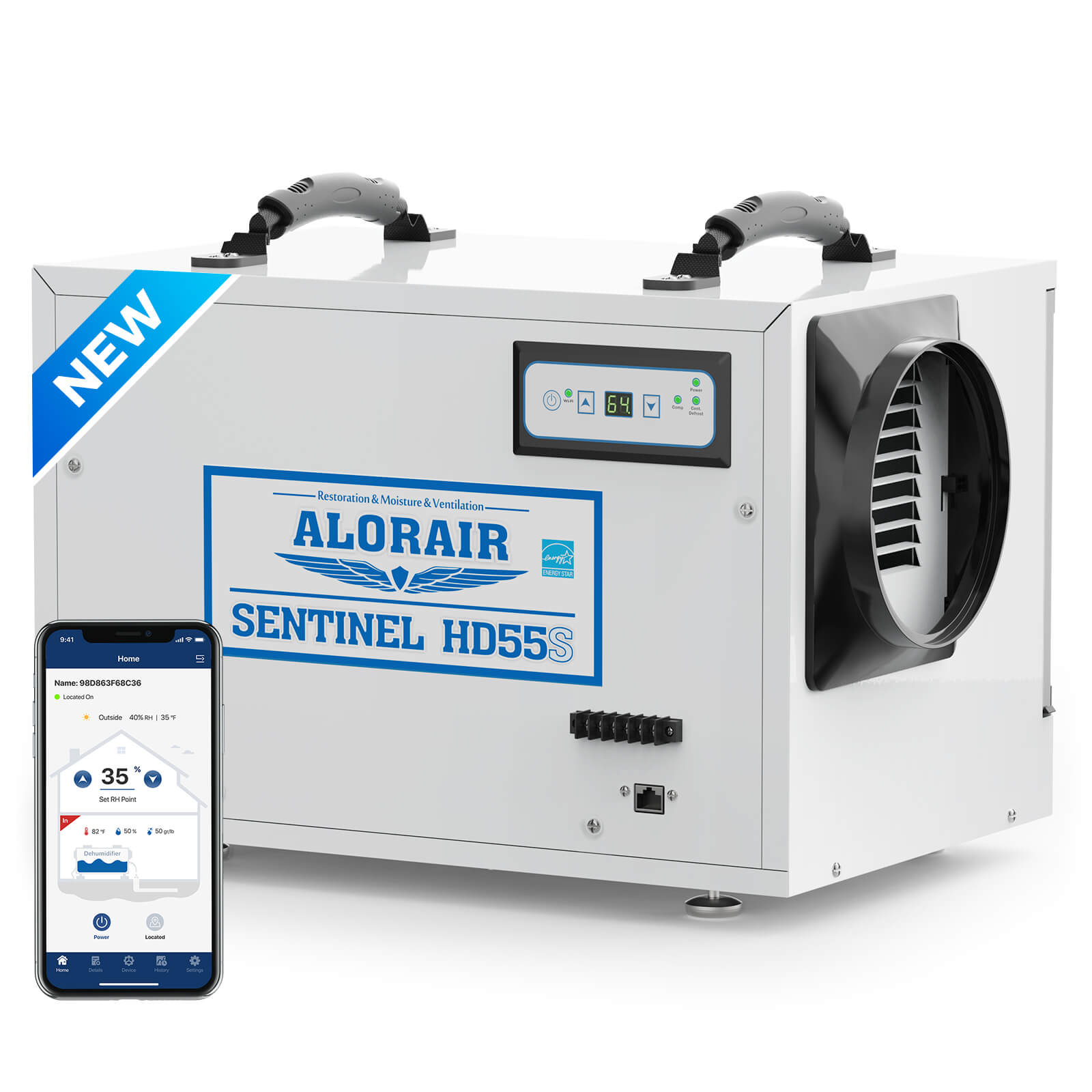
-(1).png)
.jpg)
.jpg)
.jpg)

.jpg)

.HDi90.png)
.HD90.png)



.jpg)
.jpg)

.jpg)

.jpg)





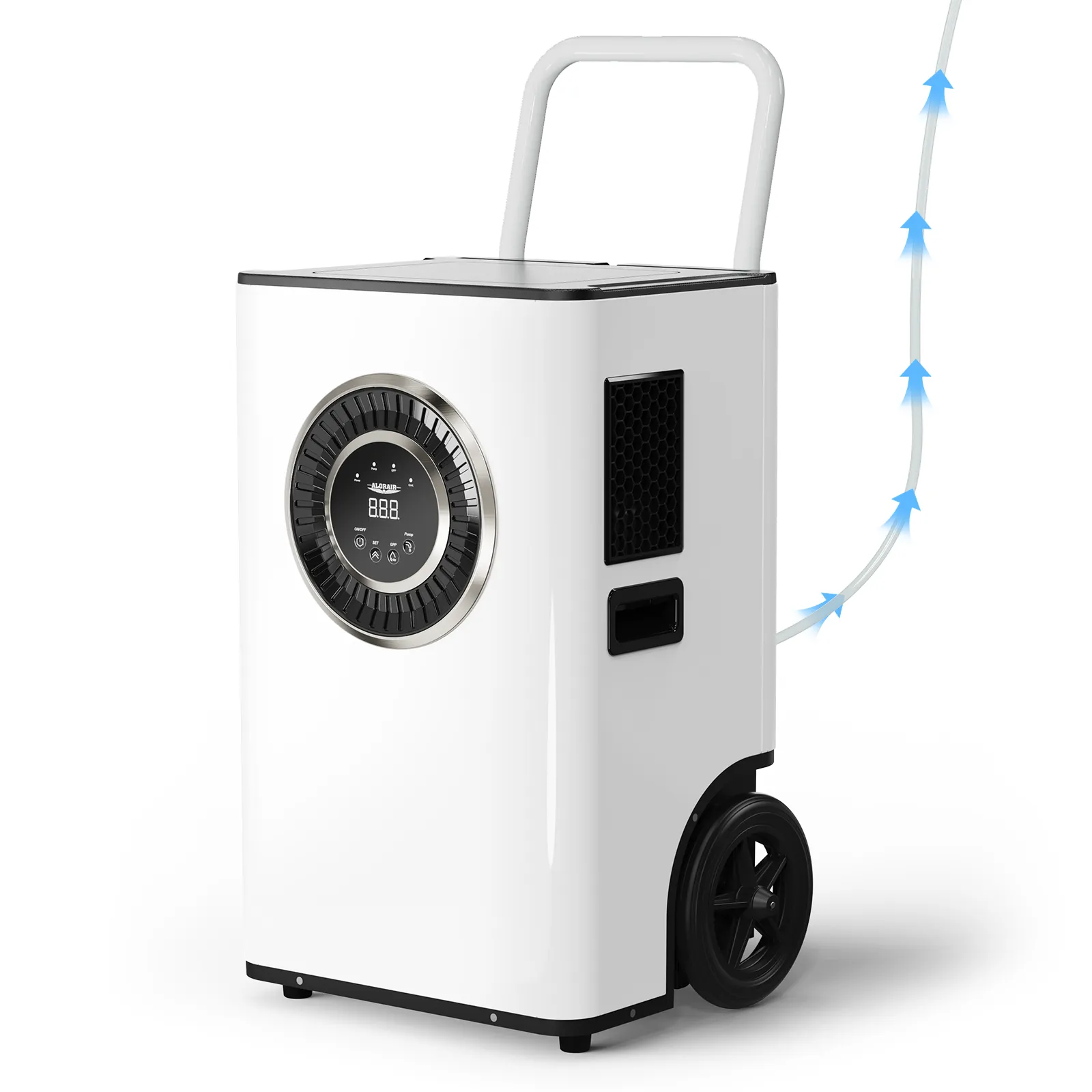
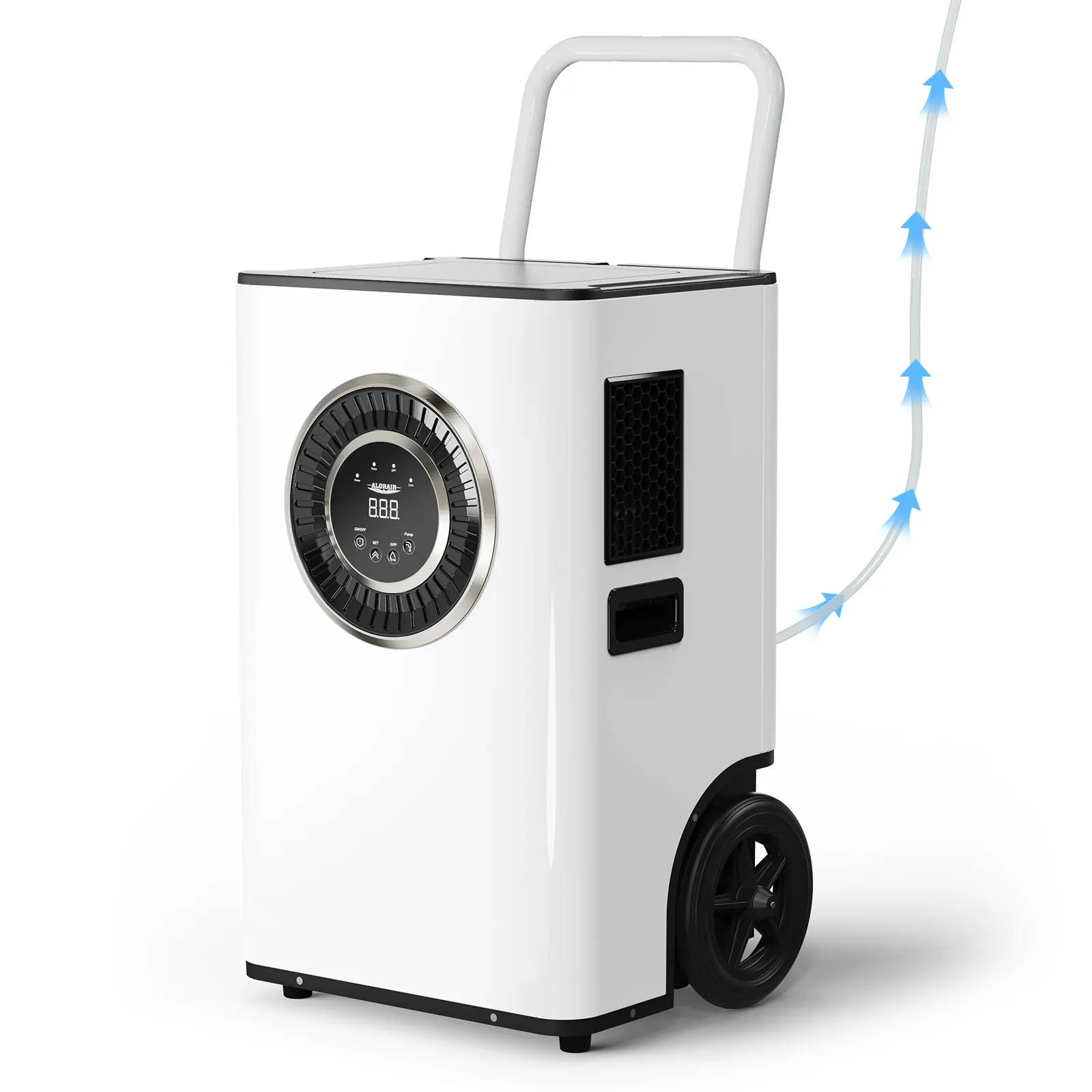
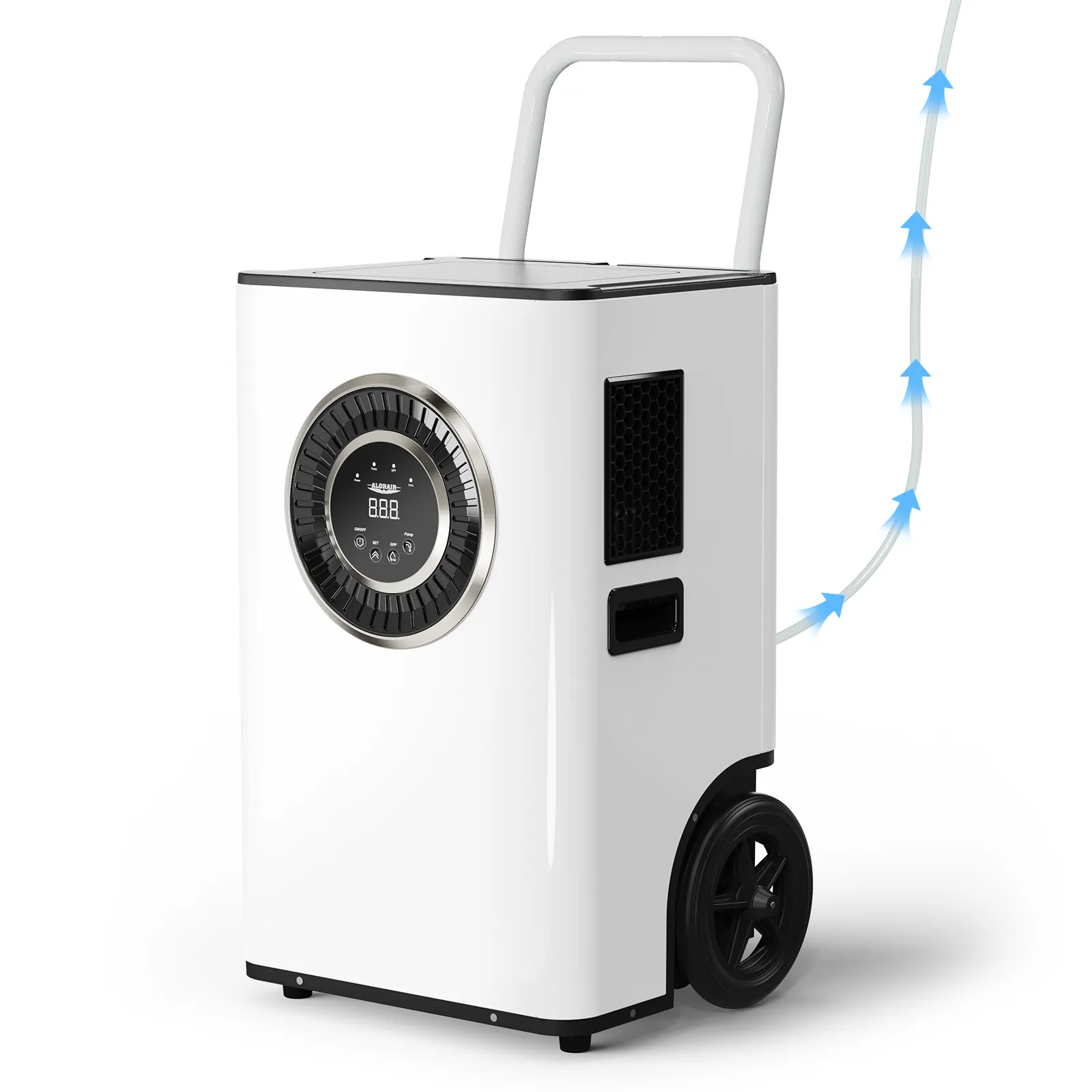
.jpg)
.jpg)
.jpg)





.jpg)
.jpg)


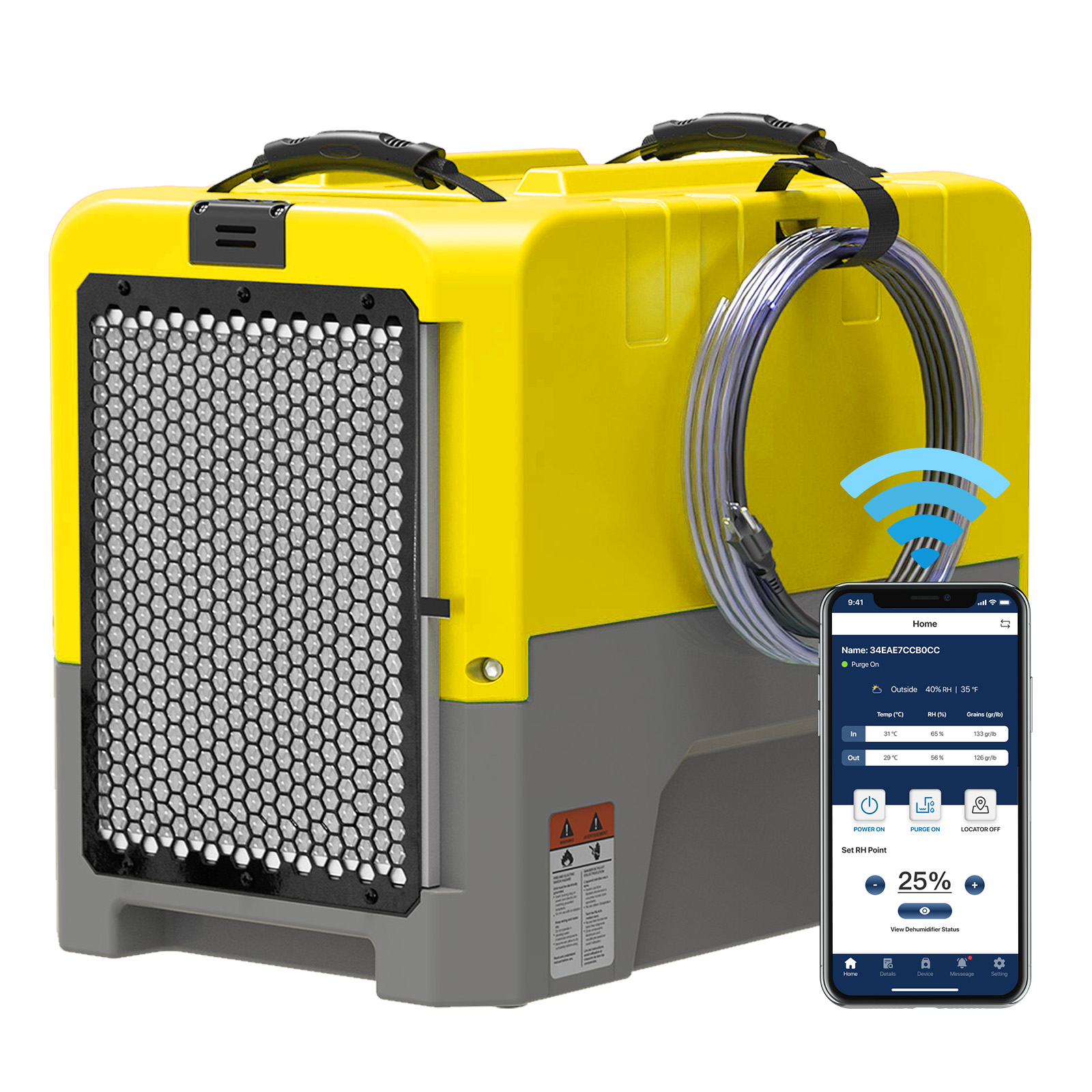








.jpg)
.jpg)








.jpg)
.jpg)












.webp)
.webp)
.webp)
.webp)
.jpg)
.jpg)
.jpg)
.jpg)
.jpg)
.jpg)
.jpg)
.jpg)
.jpg)
.jpg)
.jpg)
.jpg)
.jpg)





.jpg)
.jpg)
















-.jpg)
.jpg)

.jpg)
.jpg)




























 Exclusive offers
promotions
Exclusive offers
promotions

